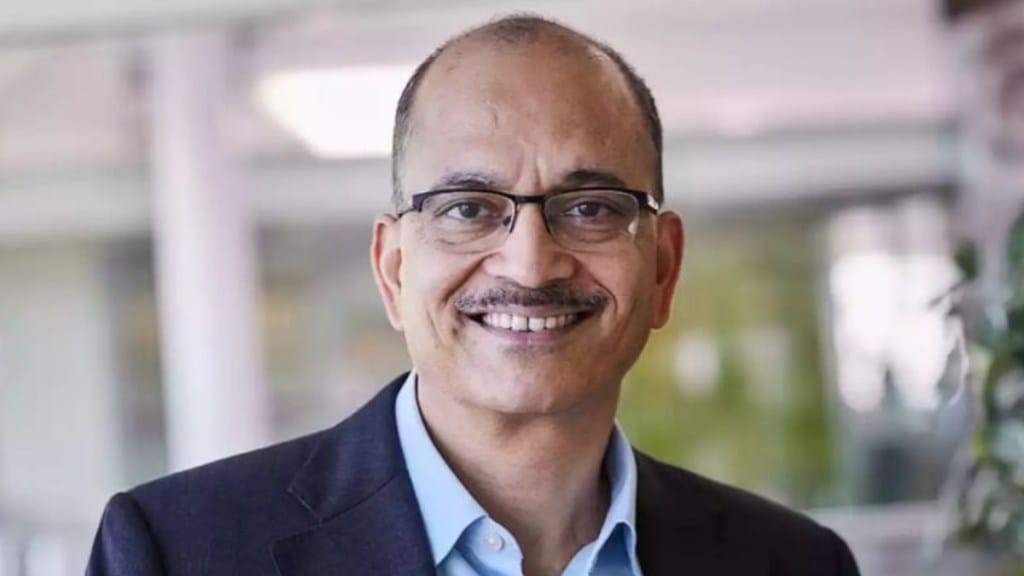India Inc should join hands with the government to build human capital to make a significant impact that is required to achieve India’s growth ambition, HUL chairman, Nitin Paranjpe said on Friday while addressing the company’s annual general meeting.
He said that India is well poised to leapfrog and become one of the world’s leading economies but should focus on building human capital to realise the nation’s growth potential.
India’s young and growing working-age population could prove to be the country’s greatest asset in its future growth journey, he said, adding that thoughtful nurturing and development can unlock incredible rewards.
Talking about HUL’s actions in the area, he said, “We believe that we are a microcosm of the nation and that our small steps in building human capital will one day make a big difference through a trickle down effect impacting our suppliers, our partners and the larger ecosystem”.
Giving an example of HUL’s Sumerpur factory, Paranjpe said, “We took significant efforts in creating a safe space for women workers on the shop floor. In the developing district of Hamirpur, we have women who make up 40% of our workforce. This had a ripple effect in the community – there has been a 55% increase in women cumulatively enrolling for technical programmes and higher studies in schools, colleges and ITIs in and around Sumerpur”.
The country has to ensure that it not only progresses economically but also on social indices, Paranjpe said.
“While in the last decade, India’s growth has primarily been productivity-led, going forward, we will need to ensure that we create meaningful employment and livelihood opportunities for the millions entering the workforce each year,” Paranjpe said.
He further added that to accelerate employment generation, there is also a need to incentivise sectors with higher job elasticity.
Projections indicate that over the next decade, India will need to create 90 million non-farm jobs to both, manage the inevitable migration of labour from agriculture, and to provide meaningful employment opportunities to the people entering the working-age population.
“This is not easy and will need concerted and systemic action with particular focus on sectors that have a high employment elasticity,” he said.
In the coming decade, India’s service sector will present a potential for growth and employment generation.
“Other industries that present employment growth opportunities include health and hospitality, consumer retail services, global capability centres and e-commerce. Importantly, the MSME sector needs to play a bigger role,” Paranjpe said.
Employment generated by MSMEs in most developed nations is over 60%, while in India, it is about 45% and will need to tap the potential of these sectors, he said.
He added that as India accelerates on its journey towards a $10-trillion economy, it has to ensure that no one is left behind.


